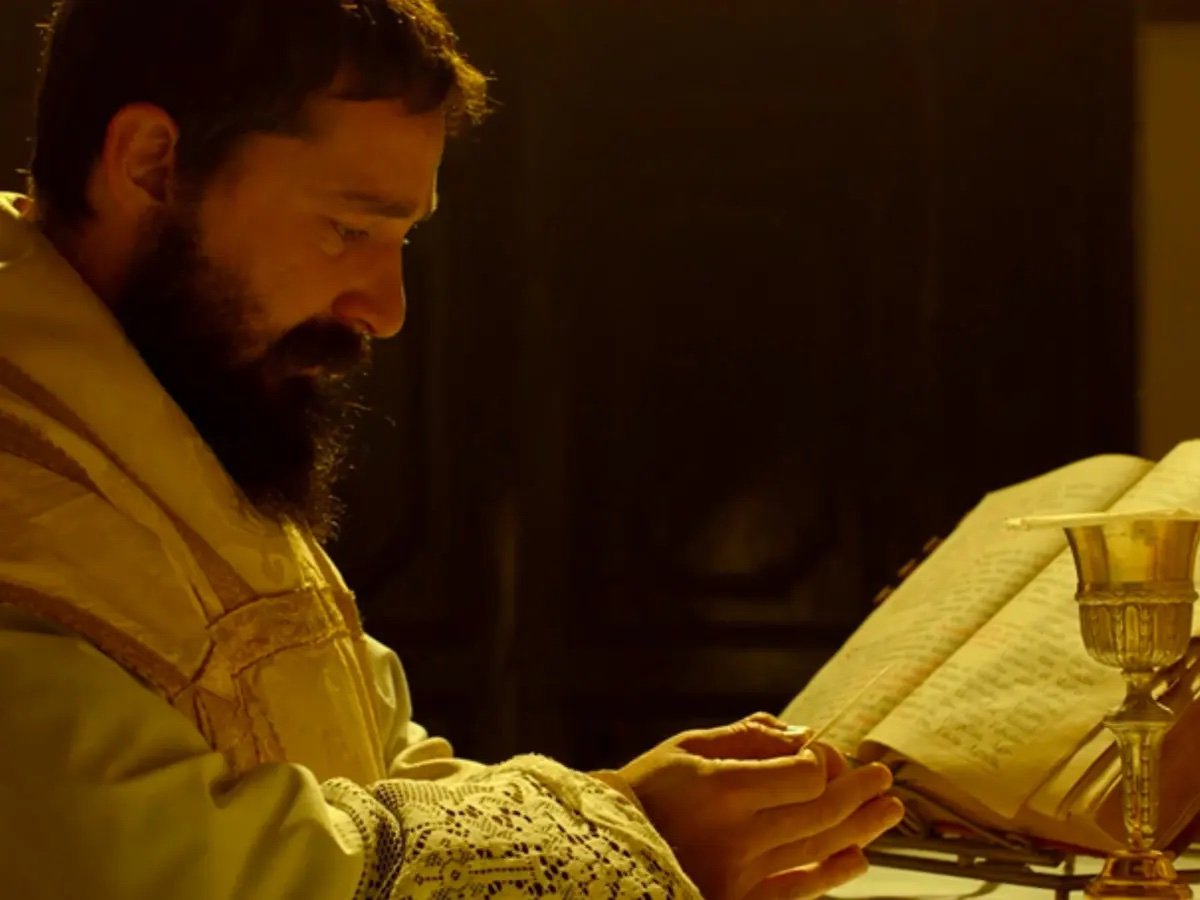Abel Ferrara's protagonists have always searched for higher meaning in a flawed, messed-up world of pain and violence. If 1992's Bad Lieutenant took Harvey Keitel to church for one of American indie cinema's most spectacular endings, Padre Pio doesn't offer such solace. Ferrara (who's been living and working in Rome for years now) teamed up with Italian screenwriter Maurizio Braucci to direct a period piece that brings together the real life of a Catholic Church saint (the titular Padre Pio) and the rise of socialism after WWI. What seems like a straightforward historical approach turns first gruesome and then profound to capture the contradictions at the heart of Italy as a nation. A character study that breaks free of its biographical chains, Padre Pio shows that Ferrara has still got it, 50 films in.
Synopsis
It is the end of World War I and the young Italian soldiers are making their way back to San Giovanni Rotondo, a land of poverty, with a tradition of violence and submission to the iron-clad rule of the church and its wealthy landowners. Families are desperate, the men are broken, albeit victorious. Padre Pio also arrives, at a remote Capuchin monastery, to begin his ministry, evoking an aura of charisma, saintliness and epic visions of Jesus, Mary and the Devil himself. The eve of the first free elections in Italy sets the stage for a massacre with a metaphorical dimension: an apocalyptic event that changes the course of history.
Storyline
Shortly after WWI, Italy holds its first free elections while somewhere not that far away, Padre Pio (Shia LaBeouf) is questioning his faith.
TLDR
You all need to see the anti-Catholic film that turns Shia LaBeouf to god.
What stands out
Since the film is split between two very different settings, it's hard to stitch together a uniform aesthetic. Abel Ferrara is not exactly the kind of director who likes to tie things up neatly, which is why he got cinematographer Alessandro Abate to follow the characters with a handheld camera. There's an obvious difference in how invasive it can be: in the church scenes, there's a barely visible quiver as if animated by some spiritual presence, and in crowded outdoor sequences, the camera shakes and stumbles to match the tide of political changes flooding Italy. Padre Pio is a period film with a distinctively modern look, and the sway of the camera unveils there are tensions brewing even in seemingly innocuous characters.














